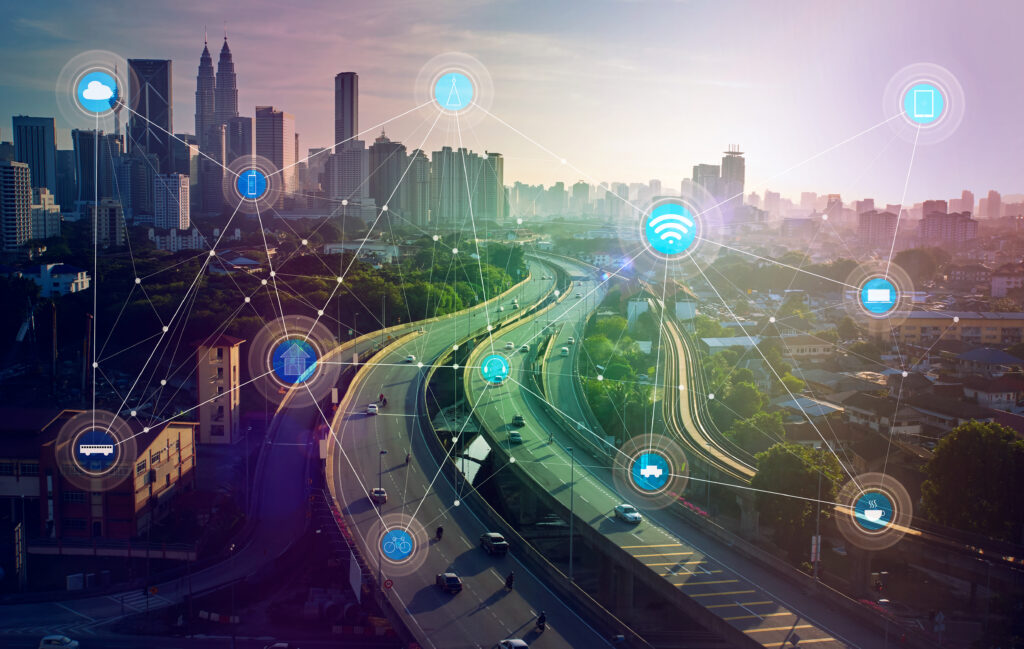It is legitimate for every car owner, especially if engaged in transporting children, elderly or disabled people, to worry about the reliability resulting from new technologies and in particular from the emerging IoT (Internet of Things), which seems to be fruitfully entering a new dimension with the automotive sector: the Internet of Cars.
Apparently, the security unknown related to connected cars is gradually dissolving, especially with the positive glow of DLT technologies, where data security and privacy are intrinsic features of the working principle of the technology itself.
This leads us to think that technological innovation in the automotive field can really allow us to optimize our time and moreover reduce management and service expenses. In that is that a network, an extended network of sensors, antennas, embedded software and navigation systems incorporated by the cars of the present and the future, the DLT model stores, then transports data, in a decentralized network of computers and servers; not by chance is a model used to manage massive amounts of data,
proving to be a valid and resistant bulwark to attacks and therefore to possible manipulations for commercial purposes and privacy violation.
The Internet of Cars on our roads
Currently, in the circulating fleet, the Internet of Cars is already present, but in a form limited to trivial services such as music or weather applications and also limited in terms of the number of car-units. But the latter is increasing with remarkable progress, such that in the future it could create a condition where, along a highway, several cars in a row
among them or displaced in the middle of the traffic, will have the possibility to monitor the state of the “super-connected companions”, one with the other and to signal in advance an eventual accident or anomaly from one or more cars following ours.
A process that requires immediacy but also accuracy, in a computational complexity that is not insignificant, such as to make it still a utopia, in a context such as the urban traffic of Naples for example, where billions of contacts and transactions would occur in less than 24 hours. So not only static connections that allow communication between cars but also the possibility to make orders and transactions.
More transactions with less time and money?
In fact the DLT has a cost, that in the application in the automotive field, should be enormously dampened in relation to speed, safety and ease of adaptation, in the network that goes to define from time to time, to make this futuristic set of comfort an automatism, that will play the technology of our car in the moment in which we will have to, for example:
– Pay a parking ticket quickly
– Detect and order to the spare parts dealer any defective parts that our car has found on its own
– Or even the cross-communication between cars in order to alleviate traffic and therefore an automated management of the road, made possible by the individual cars that use it, integrating with other road and environmental entities present in the network.
Effective sustainability
In short, the possibilities are there. Immense and among the most varied. But sustainability for
Internet of Cars as represented here still requires time for development and experimentation. And in this time not a simple process or overlap should be underestimated and neglected. No one would want to drive, or worse be driven by cars or trucks that turn into dangerous killing machines and this can happen due to two critical assumptions:
– The vulnerability of the system of the car and the network, making them easy prey and tools for third parties with risky ends
– Or the attainment of a structure-system, which is so intelligent as to oppose and disassociate itself from the drivers and external control of the network.
Two conditions that are more dystopian than utopian but that always appear to be in the foreground of the experts who design these vanguards, to ensure a conscious and responsible evolution of the automobile and for the safety of mobility, as well as of the types of transactions listed above, while reminding us that those being transported will find themselves in an object that is increasingly acquiring a controllable and bypassable “soul” and not purely mechanical, therefore with less and less direct control by the driver.
Author: Giovanni Sapere
